Prokaryotic Cell Drawing
Prokaryotic Cell Drawing - They have a single piece of circular dna in the nucleoid area of the cell. Prokaryotes include bacteria and archaea. Figure 1 by openstax college, biology, cc by 3.0 _. These cells are very minute in size 0.1 to 5.0 μ m. Web prokaryotic cell structure and function bacteria and archaea are prokaryotes. Prokaryotes often have appendages (protrusions) on their surface. Prokaryotic cells do not have a true nucleus that contains their genetic material as eukaryotic cells do. Flagella and some pili are used for locomotion, fimbriae help the cell stick to a surface, and sex pili are used for dna exchange. This is a bacterium responsible for pneumonia and other respiratory tract infections. The most common shapes are helices, spheres, and rods (see figure below ). Web image of a typical prokaryotic cell, with different portions of the cell labeled. The anatomy of a bacterial cell prokaryotic cell structure. The fimbriae are surface appendages that allow a bacterium to stick to a surface. Although they are tiny, prokaryotic cells can be distinguished by their shapes. Web all prokaryotic cells are encased by a cell wall. The most common shapes are helices, spheres, and rods (see figure below ). The four basic shapes of bacteria are: Coli is a common bacterium found in the human gut. As organized in the three domain system, prokaryotes include bacteria and archaeans. Although they are tiny, prokaryotic cells can be distinguished by their shapes. The following image is a diagram of a prokaryotic cell; Web distinguish between prokaryotic cells and eukaryotic cells in terms of structure, size, and the types of organisms that have these cell types. Flagella and some pili are used for locomotion, fimbriae help the cell stick to a surface, and sex pili are used for dna exchange. The three most. Web most prokaryotic cells are much smaller than eukaryotic cells. Let us review the structure of a typical prokaryotic cell. Web the basic features of prokaryotic cells understanding prokaryotic cells. Web prokaryotic cell structure and function bacteria and archaea are prokaryotes. Web 2k subscribers subscribe subscribed 0 351 views 4 months ago isa science i draw a bacterial cell to. The most common shapes are helices, spheres, and rods (see figure below ). Web here’s a list of some prokaryotic species, including both bacteria and archaea: Genetic material is not enclosed by a nuclear membrane. In this case, a bacterium. Bacteria are very diverse in form, so not every type of bacterium will have all of the features shown in. The plasma membrane acts as a selective barrier, allowing the passage of oxygen, nutrients, and wastes. Prokaryotic cells do not have a true nucleus that contains their genetic material as eukaryotic cells do. Web all prokaryotic cells are encased by a cell wall. This double layer consists largely of specialized lipids called phospholipids. Web i am demonstrating the colorful diagram. They have a single piece of circular dna in the nucleoid area of the cell. It is essentially the “bag” that holds all of the intracellular material and regulates the movement of materials into and out of the cell. As organized in the three domain system, prokaryotes include bacteria and archaeans. These cells are very minute in size 0.1 to. Our body has over 100 trillion bacterial cells. The following image is a diagram of a prokaryotic cell; Some prokaryotes, such as cyanobacteria, are photosynthetic organisms and are capable of photosynthesis. These neat, well labelled and colorful diagrams will make your answers look more. Flagella and some pili are used for locomotion, fimbriae help the cell stick to a surface,. The fimbriae are surface appendages that allow a bacterium to stick to a surface. Prokaryotic cells do not have a true nucleus that contains their genetic material as eukaryotic cells do. This is a bacterium responsible for pneumonia and other respiratory tract infections. Web prokaryotic cell diagram. Some strains cause food poisoning. Some prokaryotes may have additional structures such as a capsule, flagella, and pili. Coli is a common bacterium found in the human gut. In this case, a bacterium. Web the plasma membrane both prokaryotic and eukaryotic cells have a plasma membrane, a double layer of lipids that separates the cell interior from the outside environment. Most prokaryotes have a cell. Web the basic features of prokaryotic cells understanding prokaryotic cells. Genetic material is not enclosed by a nuclear membrane. Bacteria are very diverse in form, so not every type of bacterium will have all of the features shown in the diagram. The four basic shapes of bacteria are: Web image of a typical prokaryotic cell, with different portions of the cell labeled. The photosynthetic prokaryotes include cyanobacteria that perform photosynthesis. This is a bacterium responsible for pneumonia and other respiratory tract infections. Web i am demonstrating the colorful diagram of prokaryotic cells step by step which you can draw very easily. Web all prokaryotic cells are encased by a cell wall. These cells are very minute in size 0.1 to 5.0 μ m. Web 2.1k share 175k views 4 years ago diagrams hello friends!!!! Web prokaryotic cells have various shapes; The most common shapes are helices, spheres, and rods (see figure below ). Prokaryotes include bacteria and archaea. Web how to draw prokaryotic cell / step by step drawing for beginners ravi's academy step by step and simple way to draw prokaryotic cell with easy methods.reference; These neat, well labelled and colorful diagrams will make your answers look more.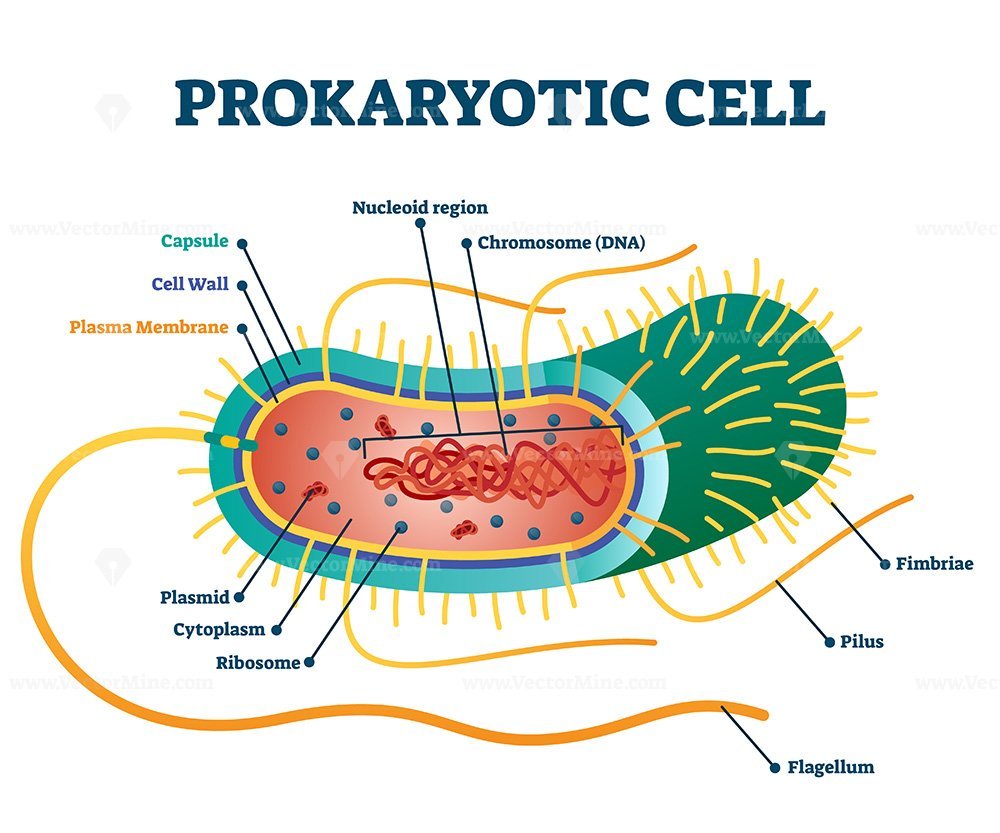
Prokaryotic cell structure diagram, vector illustration cross section labeled scheme VectorMine
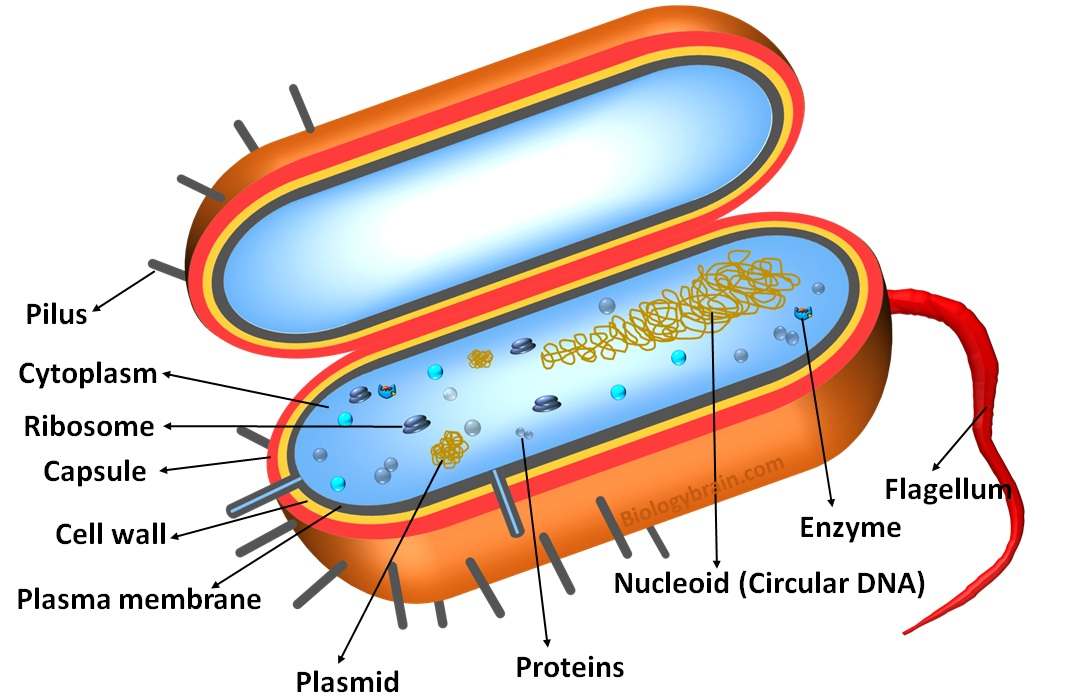
Labeled Prokaryotic Cell Diagram, Definition, Parts and Function Biology Brain

Cell Biology Glossary Cell Architecture of Prokaryotes (Bacteria) Draw It to Know It
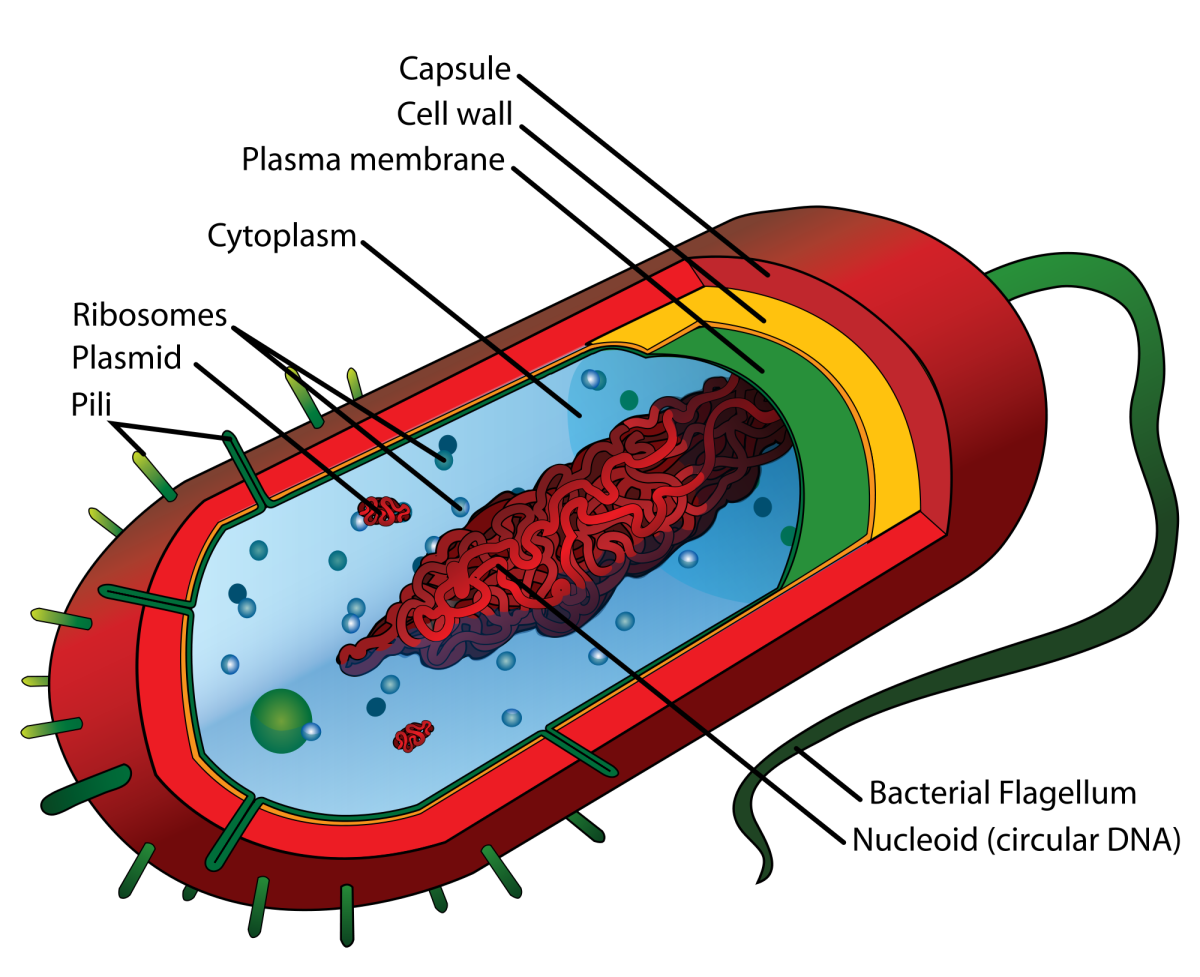
Prokaryotic Cell Structure A Visual Guide Owlcation
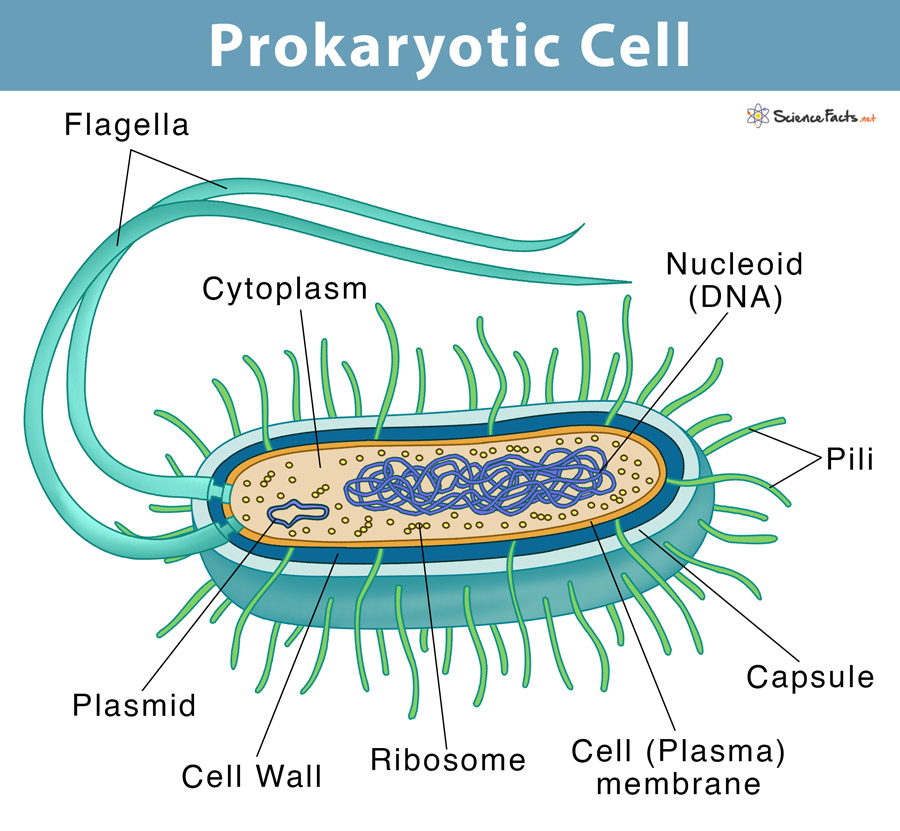
Prokaryotic Cell Definition, Examples, & Structure

Prokaryotic Cell Structure, Characteristics & Function
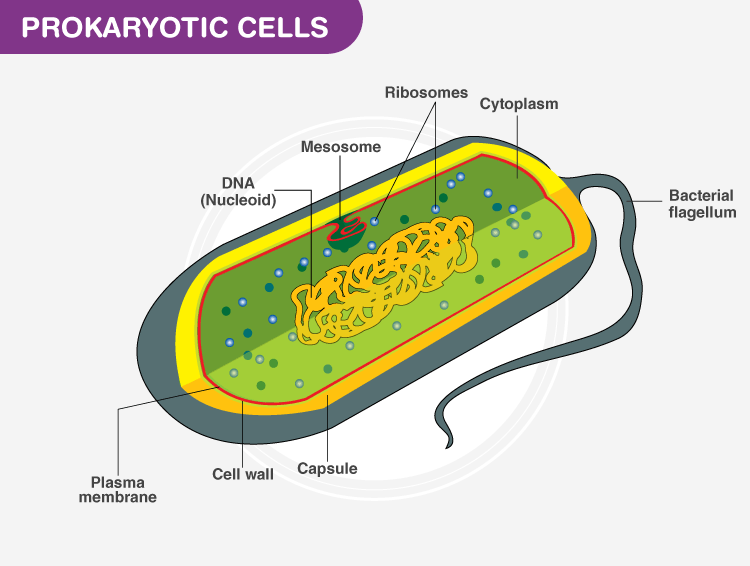
Prokaryotic Cells Definition, Structure, Characteristics, and Examples

3.3 Unique Characteristics of Prokaryotic Cells Biology LibreTexts
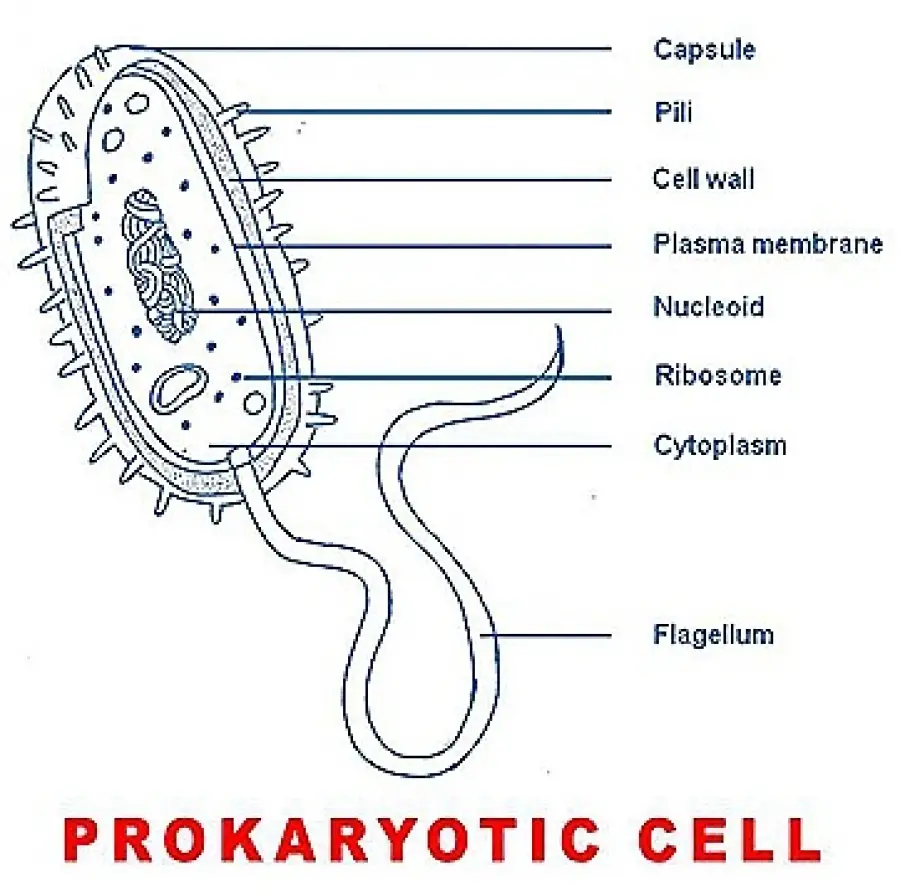
Simple Prokaryotic Cell Diagram

Prokaryotic cell structure diagram, Stock vector Colourbox
Web Most Prokaryotic Cells Are Much Smaller Than Eukaryotic Cells.
Although They Are Tiny, Prokaryotic Cells Can Be Distinguished By Their Shapes.
Describe The Functions Of The Structures Found In Prokaryotic.
The Following Image Is A Diagram Of A Prokaryotic Cell;
Related Post: